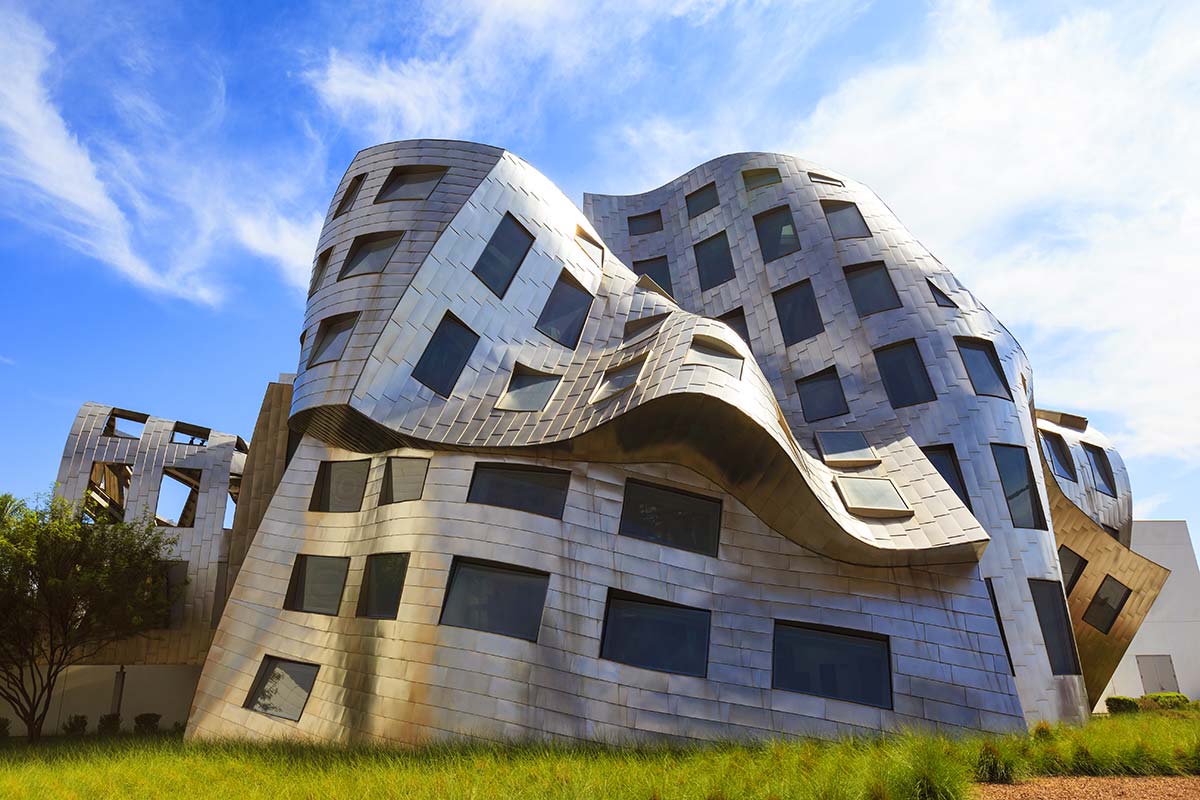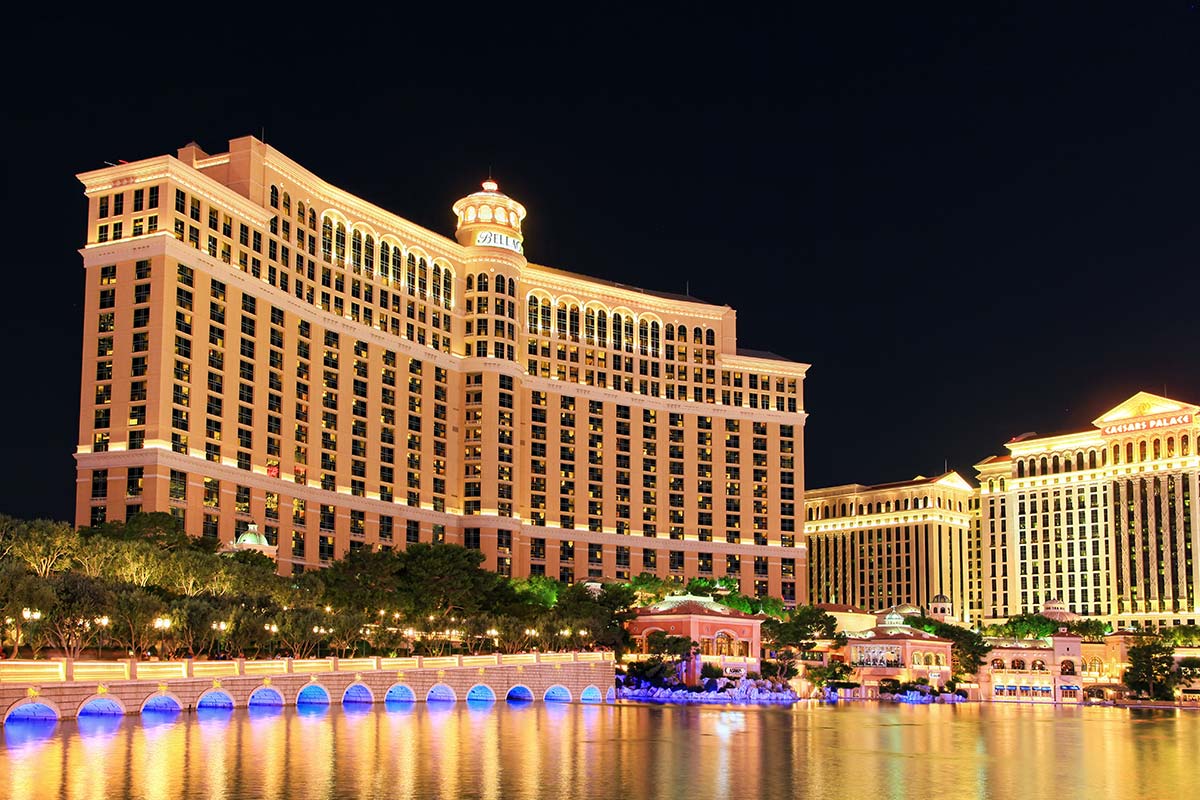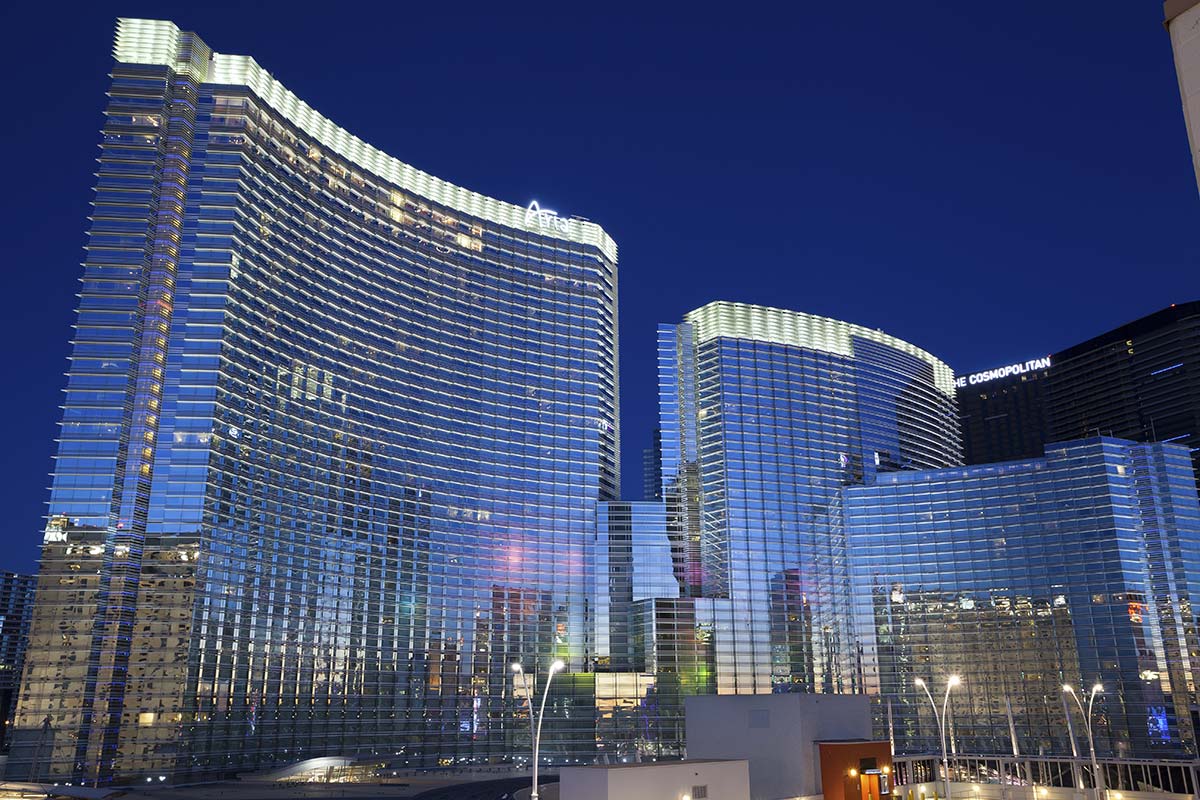It sounds like the title of a film, and considering how many Hollywood productions have been shot in this famous city in the Mojave Desert – in the state of Nevada – it might be a good idea. Although the first thing that comes to mind when the topic is Las Vegas might be the casinos and night life, with venues and restaurants constantly open and an atmosphere of full-tilt “Sin City” fun and games, Vegas also offers other attractions, even for design lovers.
A case study for the record books
In 1972 Las Vegas was shoved into the center of the international debate on architecture and design: it was the year of the publication of Learning from Las Vegas, an essay by Robert Venturi, Denise Scott Brown and Steven Izenour. The book soon became a milestone of postmodern architecture, translated into 18 languages, the manifesto of a new generation of architects seeking an original way to imagine urban spaces. The approach was amusing and amazing at the time.

Las Vegas, in fact, represented that concentrate of disorder that every city was trying to avoid and banish. It was (and to some extent still is) chaotic, full of casinos and hotels, motels and drive-ins, vending machines and wedding chapels, with gigantic neon signs. A non-city, hatched without any real design, besieged by the void of the desert. A mish-mash of periods and styles, without precise boundaries. A free work of art.
The publication caused a sensation in the world of architecture, dividing it into two factions: some saw it as excessive (such as the exponents of modernism), while other brandished it like an icon of necessary change. Reading this text is an excellent starting point for thought, also picking up stimuli for a virtual romp through this American Mecca.

The CityCenter, art and casinos
The CityCenter (a brand that since 2015 has been replaced by the name “Aria”), a mixed-use space covering an area of 1,560,000 square meters, is one of the most iconic places in the city and one of the most innovative and famous architectural complexes in the States.
Opened in 2010, it is composed of six structures all facing the world’s most famous Strip, Las Vegas Boulevard South, the city’s best-known street flanked by casinos, luxury hotels, stores, restaurants (from traditional to very exclusive) and facilities for music, comedy and other forms of entertainment. One of the most important attractions of the CityCenter is its art collection, a sort of open-air gallery featuring works by world-famous creators.

Of course we cannot talk about Las Vegas without mentioning the city’s main attraction: casinos. Not just buildings for gambling (or secret weddings), but also works of architecture where research is fueled by the desire to astonish. Starting with the Bellagio, one of the most famous and popular complexes, based on a place familiar to us Italians: Lake Como. The structure recycles that of the Grand Hotel Villa Serbelloni, a splendid presence on the lake. Another iconic location is the Aria Resort & Casino designed by the firm Pelli Clarke Pelli Architects: a 61-story building with 4000 rooms. The structure is composed of two curvy glass and steel buildings.

For those who love art and design, Crystals at CityCenter is a must: 46,000 square meters of innovative, spectacular spaces, restaurants and stores of the world’s most prestigious brands. The external structure is faceted and has a different appearance from every vantage point. A dynamic sculpture designed by Daniel Libeskind, with interior architecture by Rockwell Group.







